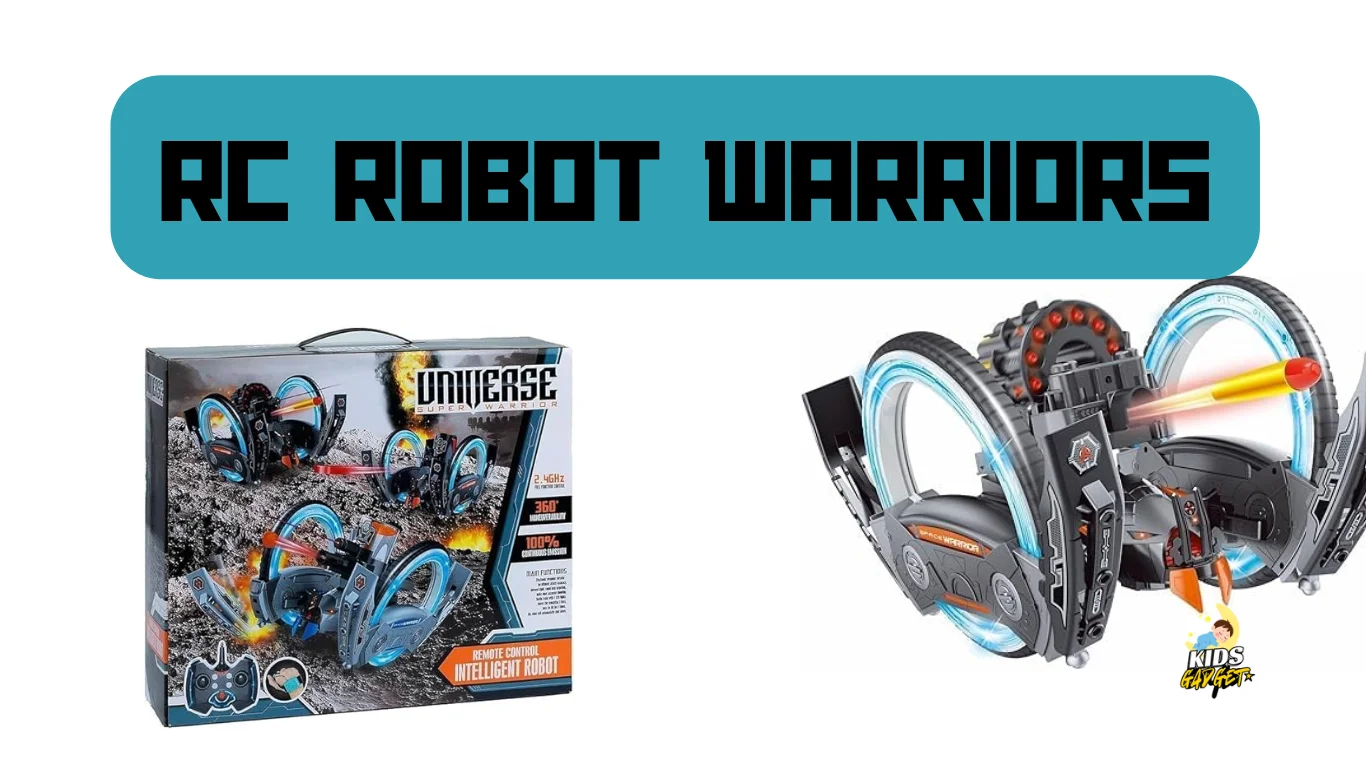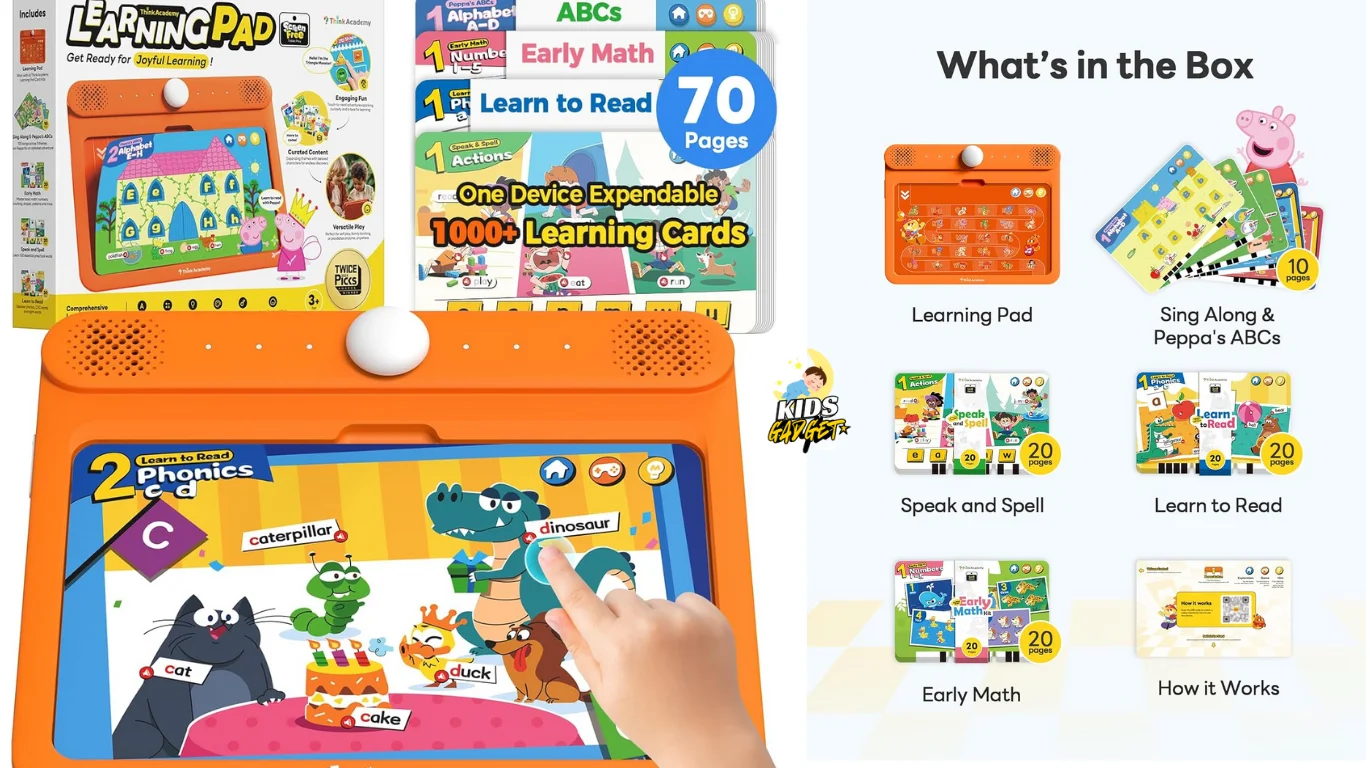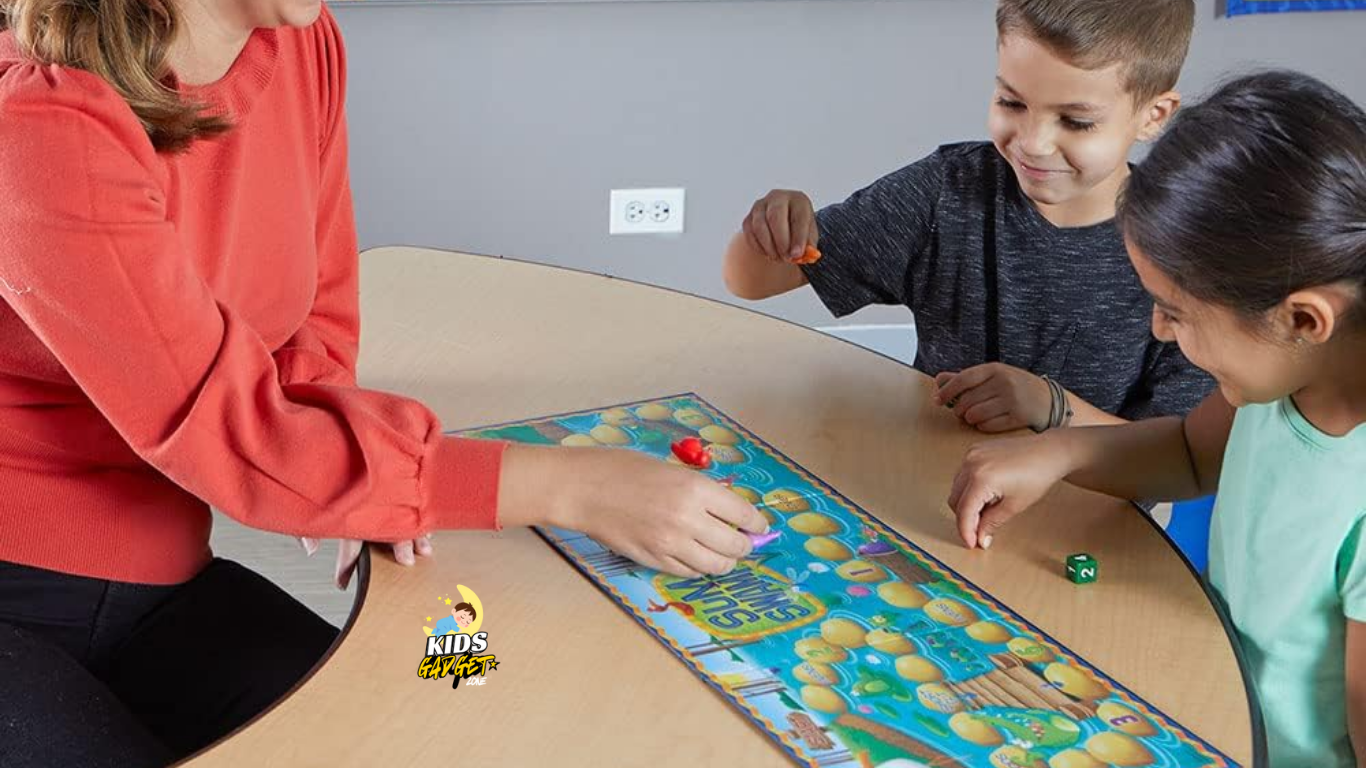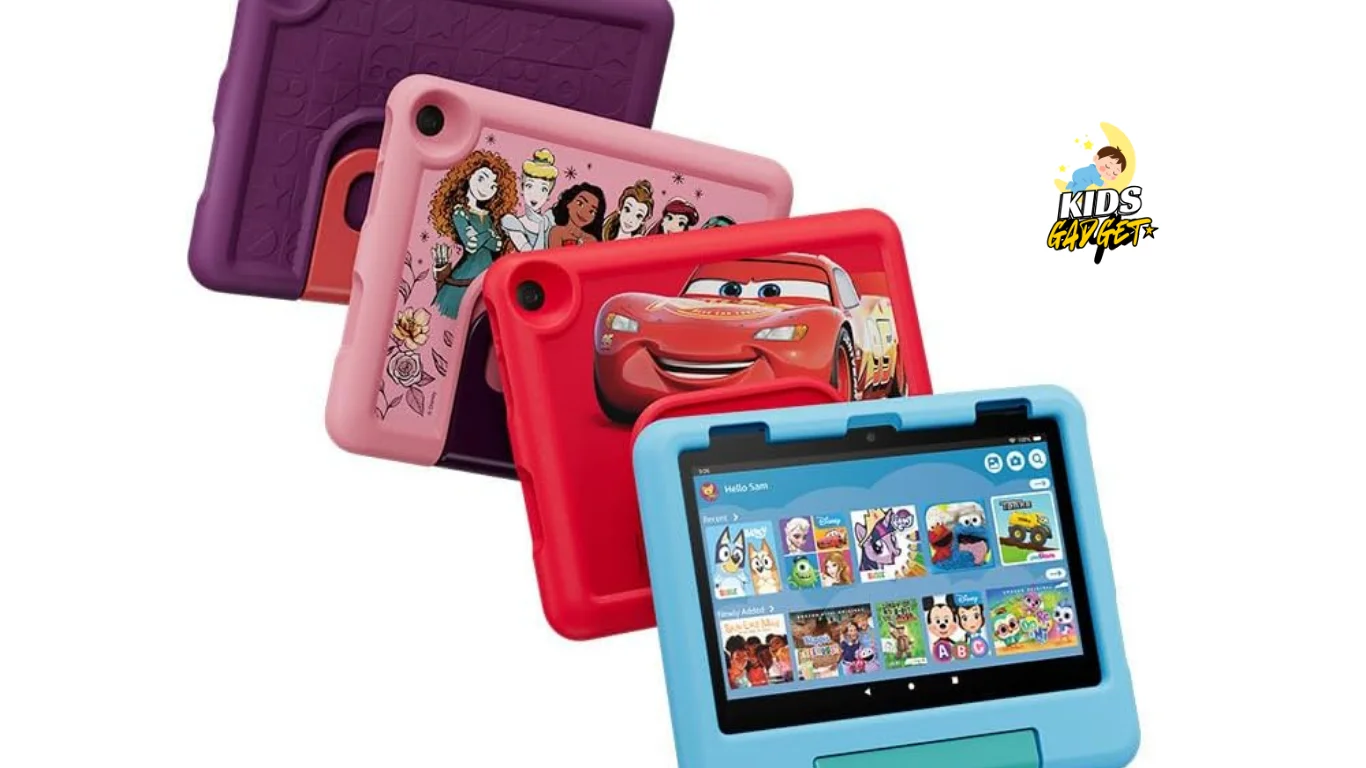Exploring Gabby’s Dollhouse Dollhouses: A Parent’s Guide
Remember playing with dolls as a child? The endless possibilities, the imaginative worlds created? That magic is alive and well in the world of Gabby’s Dollhouse dollhouses. This post will dive deep into everything you need to know about these popular playsets, helping you choose the right one for your child and understand their appeal. … Read more










